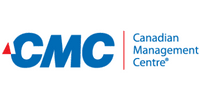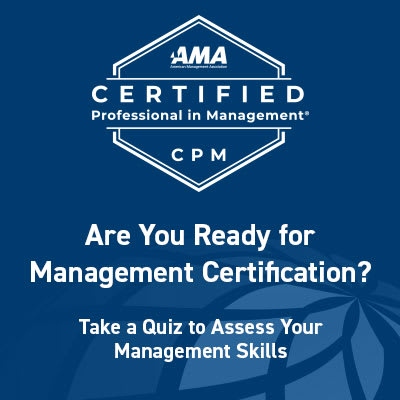Course description

The Strategic Controller: Adding Value to Your Organization
Your immediate takeaway
- Identify the four quadrants of the controller’s role and their scope
- Protect your company’s finances in changing financial climates
- Be a more valued business partner in your company’s future
Not only has the scope of the controller’s role evolved significantly in companies of all sizes—but the demands of the job are constantly changing. To stay effective as a controller and add greater value to the organization, you must be acutely aware of how your job functions are impacted by today’s increasing expectations. That means taking a closer look at the four hats every controller must wear: number cruncher; custodian; analyst; business partner.
This course will help both new and experienced controllers in small, medium, and large organizations recognize these changes in scope. You’ll discover how to improve your effectiveness in the four key areas, or quadrants. As you go through the course, you will also experience a detailed case study in which you’ll work through real-life scenarios that explore the responsibilities of each quadrant. In addition, get the specific tools, knowledge, and hands-on experience you need in order to confidently perform your job in increasingly challenging circumstances.
Post-seminar Bonus (Online Support)
Get the SLII® challenge and comprehensive tools to help reinforce your learning for one year.
How You Will Benefit
- Define the scope and identify the four quadrants of the controller’s job in today’s business environment
- Controller as number cruncher: Ensure the timeliness and accuracy of financial statements
- Controller as custodian: Establish enterprise-wide controls to safeguard corporate assets and ensure compliance
- Controller as analyst: Define budgetary metrics and parameters to evaluate the financial health of the company
- Controller as business partner: Further the financial goals of the organization
- Align and apply the functions of the four quadrants of the controller role to a case study
Upcoming start dates
Who should attend?
Corporate controllers, division and plant controllers, and assistant controllers who want to add value to their organization and careers by increasing their effectiveness in the four quadrants of the controller’s job.
Note: Please bring a calculator with you to class.
Training content
The Four Quadrants of the Controller’s Job in Today’s Business Environment
- Knowing how a controller fits into a business
- Understanding the controller’s role in management
- Recognizing goals a corporation must achieve to succeed
- Exploring high-level controller functions, role quadrants, and organizational relationships
- Meeting staffing needs and competency levels
- Identifying basic areas of a controller’s responsibilities
Quadrant 1: Number Cruncher - Ensuring the Timeliness and Accuracy of Financial Statements
- Assembling a comprehensive chart of accounts
- Identifying areas of input for financial statements
- Recognizing the importance of developing internal controls over financial reporting
- Utilizing analytical tools to verify and reconcile account balances
- Using standardized entries for preparing timely financial reports
Quadrant 2: Custodian - Establishing Enterprise-Wide Controls to Safeguard Corporate Assets and Ensure Compliance
- Developing an internal control checklist related to enterprise-wide risk management
- Establishing effective controls safeguarding corporate assets
- Identifying compliance requirements for timely submission
- Recognizing strengths and weaknesses within the control environment
Quadrant 3: Analyst - Defining Budgetary Metrics and Parameters to Evaluate Financial Health
- Checking financial statements for reasonableness
- Delineating the informational needs of the users of external financial information
- Identifying the content of and comparing types of budgets
- Differentiating between levels of internal reporting needs
- Identifying measurable units for products, product lines, departments, sectors, and regions
- Understanding variance analyses for identified measurable units
- Predicting future activity or budgets using cost-volume profit analysis
Quadrant 4: Business Partner - Furthering the Financial Goals of the Organization
- Aligning and evaluating an organization’s value proposition, goals, and objectives
- Recognizing activities that add value to the organization
- Identifying and evaluating nonfinancial areas for cost control measures
- Communicating with and building alliances with business partners
- Applying the functions of the four quadrants to a case study
Costs
Course price for:
- Non Members: $2695
- AMA Members: $2395
Certification / Credits
CEU: 1.8, CPE: 21
Reviews
Average rating 4
American Management Association Company Info
The American Management Association, International (AMA) is the global leader in talent development. Founded in 1923, AMA supports the goals of individuals and organizations through a complete range of educational products and services, including instructor-led classroom and virtual seminars, webinars,...




There was a lot to learn in a short amount of time. Overall the material was beneficial and I am glad to have the Notebook and Handouts for reference.The instructor was a bit sc...